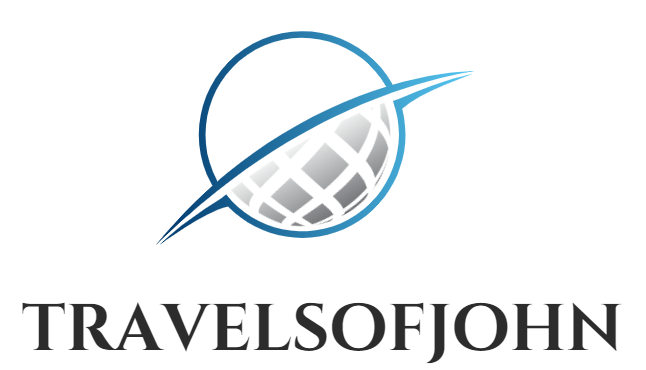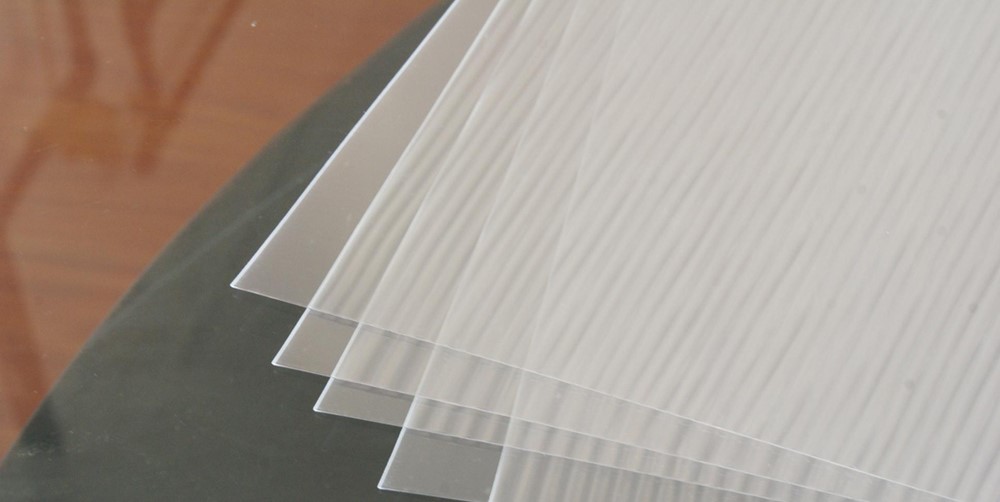Lenticular printing was mostly done in dark rooms at the film level in the IT stone age (just around 25 years ago). Lenticular printing is now feasible at home or in the workplace thanks to the decrease in the cost of central processing unit (CPU), dynamic random-access memory (DRAM), graphics software, and printing accessories.
Properties of Lenticular Sheet
One side of a lenticular sheet is patterned with little convex lenses, while the other side is flat. Small convex lenses work their magic to convert a flat image into all sorts of optical tricks. When a lenticular sheet is seen in a different orientation, distinctive effects are revealed.
Features And Characteristics
Lenticular printing calls for a blend of artistic skill and scientific precision. Choosing the right lens is as crucial as picking out a picturesque setting. Lenticular sheets, like every other kind of plastic, have their own unique set of requirements depending on its intended function.
Material
Acrylic (PMMA), APET, PETG, Polycarbonate, Polypropylene, PVC, and Polystyrene are common materials used for this purpose. Acrylic or APET are good options for a do-it-yourself project. The price of acrylic is generally higher than that of other materials. Given that we are not discussing a massive scale projection, the price difference is not significant.
Lens Density
The acronym LPI is often used to denote this (Lens or Lines per Inch). Ten, fifteen, twenty, thirty, forty, fourty-two, sixty-five, seventy-five, one hundred and sixty-one, and two hundred are all frequent LPIs. 60, 40, 30, 15, and 10 LPIs are recommended for inkjet printer lenticular applications.
Thickness
Image depth is affected by this value, which can range from 0.25mm to 6.3mm (inches or millimetres). Density of LPI is inversely proportional to thickness. The lenticular sheet becomes more substantial as LPI decreases.
Position Of Viewer
The optimal viewing area for lenticular pictures is a V-shaped zone. The type of effect is typically determined by the viewer's perspective. Due to the picture's extreme sensitivity to even the slightest shift in perspective, a limited viewing angle allows for a wide variety of possible interpretations.
Location For Best Viewing
Viewing distance refers to how far you are from the print. This is crucial while deciding on the best lenticular sheet for your needs. The optimal viewing distance is inversely proportional to the number of LPI, meaning that a smaller LPI will necessitate a closer viewing distance.
Transparency
When transparency is high, the image is crisp and clear. To be effective, it needs to transmit at least 85% of light. It's important to be aware of the temperature and UV light sensitivities of the materials you'll be using. There are materials that can only be used inside, and there are others that can be used outside as well.
Resolutions Of Lenses
Epson printers have a resolution in the 720 DPI (Dots Per Inch) range, while HP and Canon printers have resolutions in multiples of 600 DPI. Lenticular sheet options are constrained by these figures. With some basic math, you can see why.


